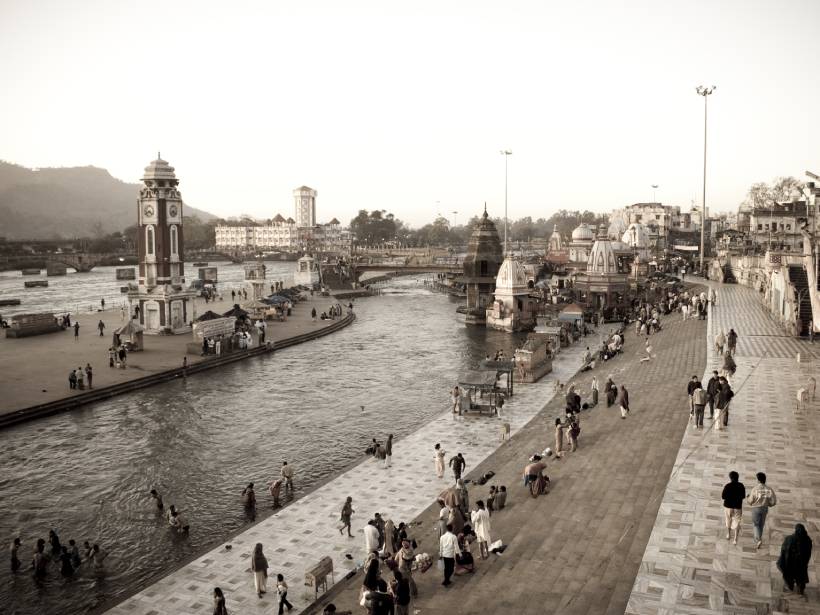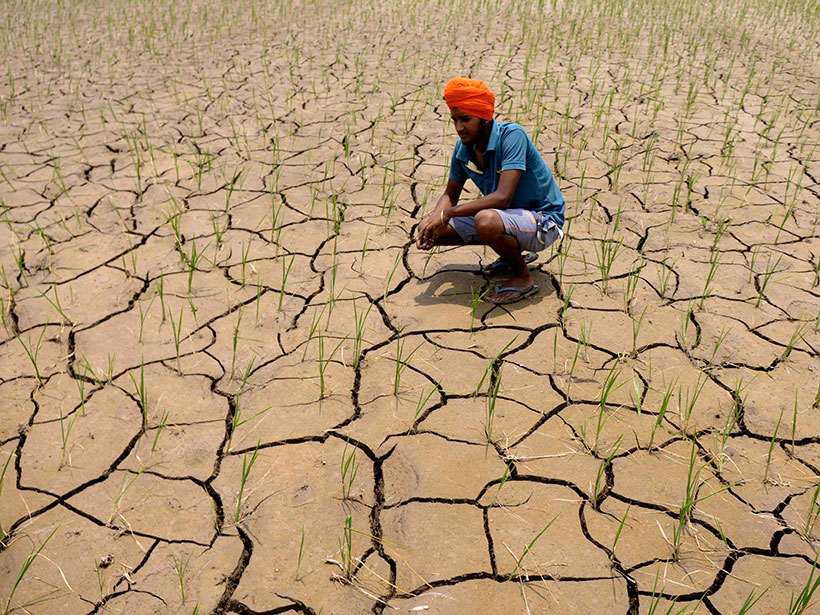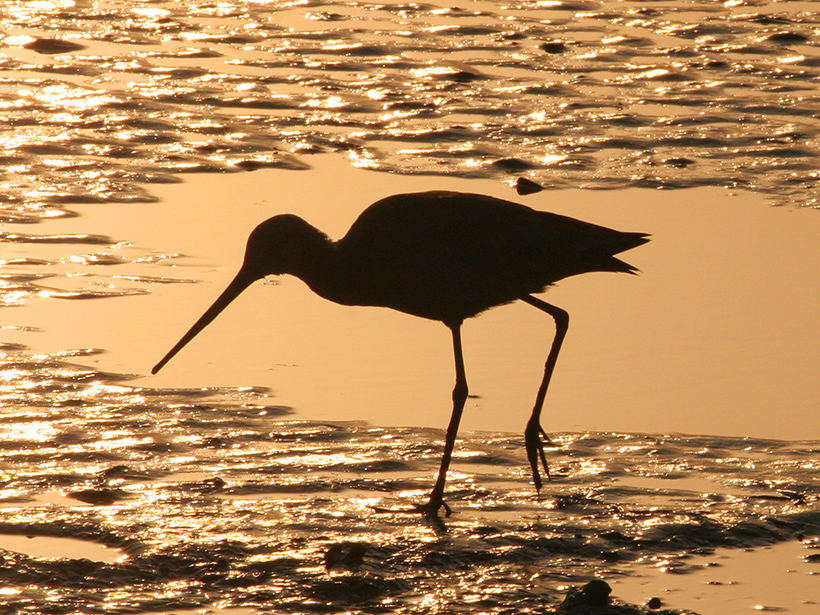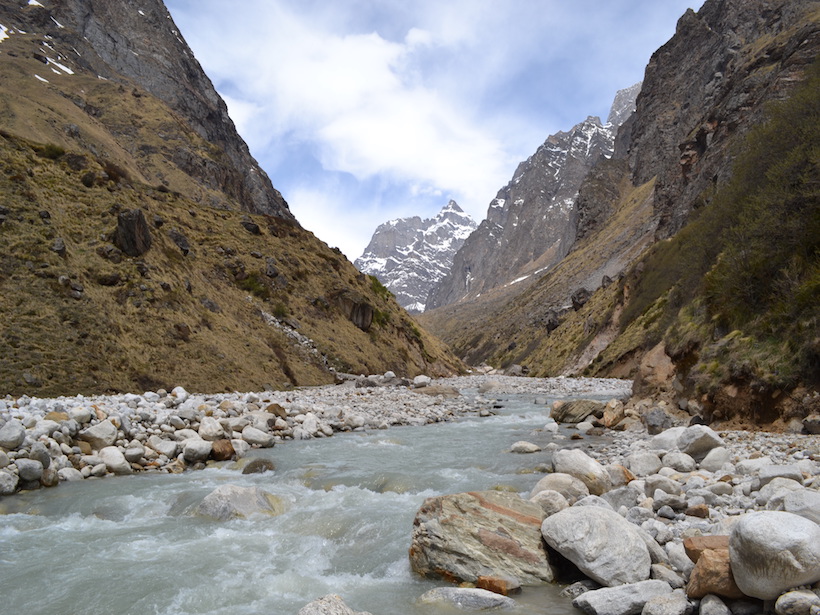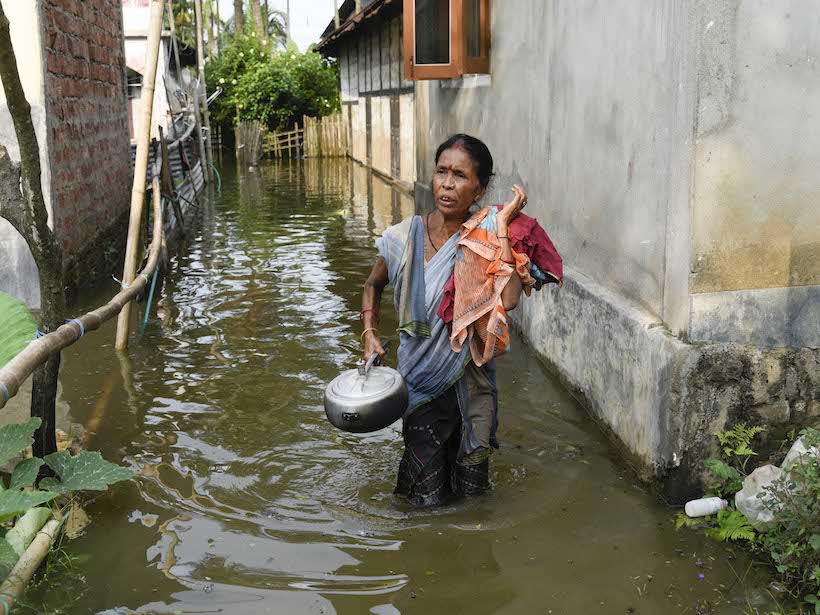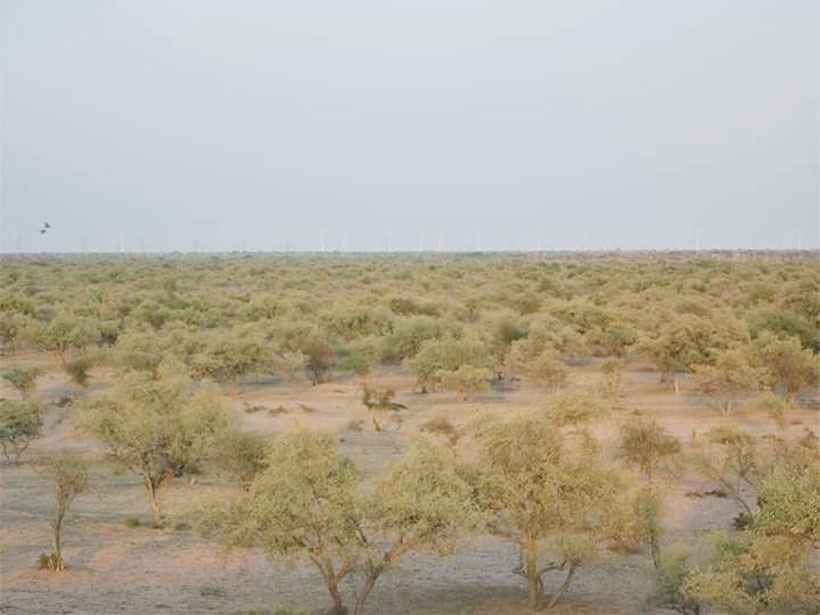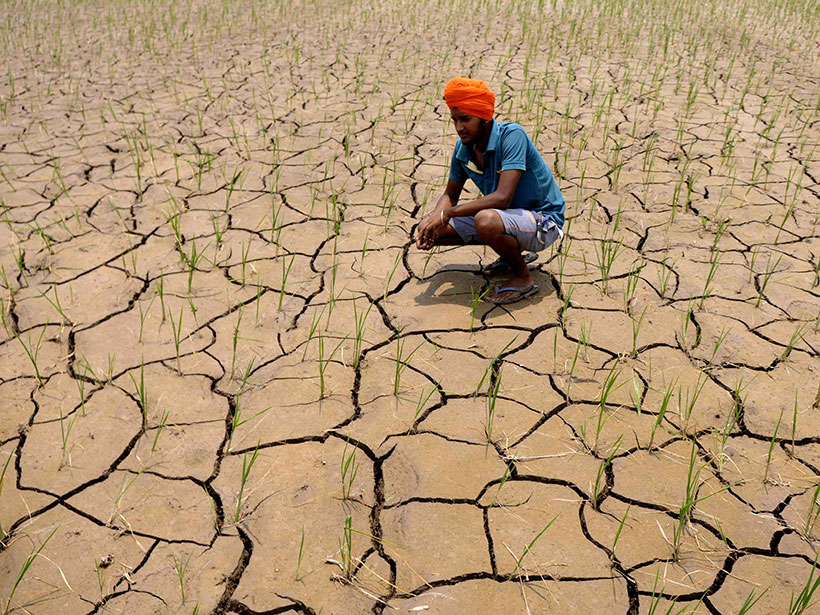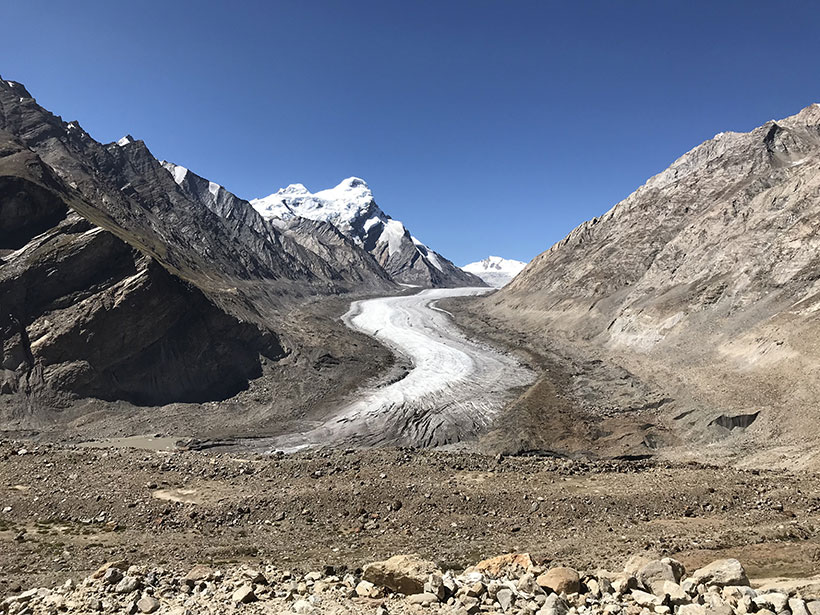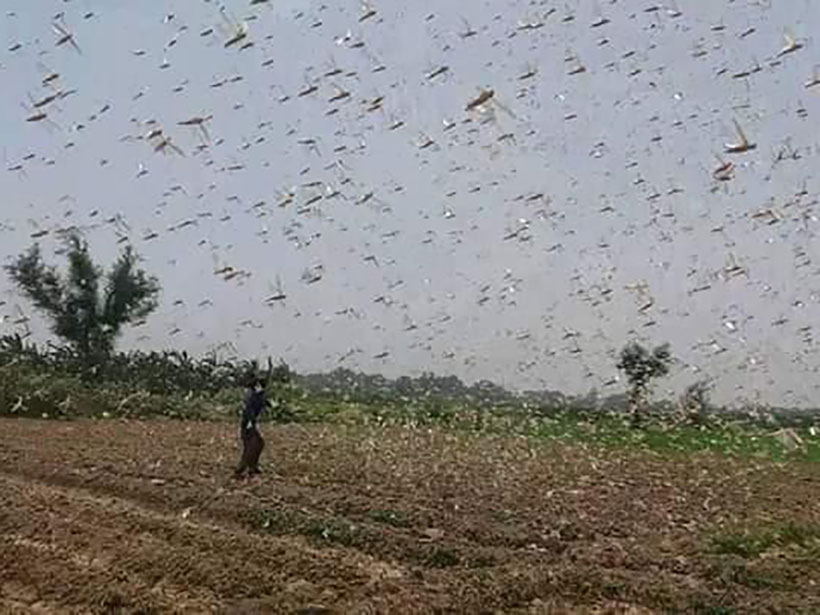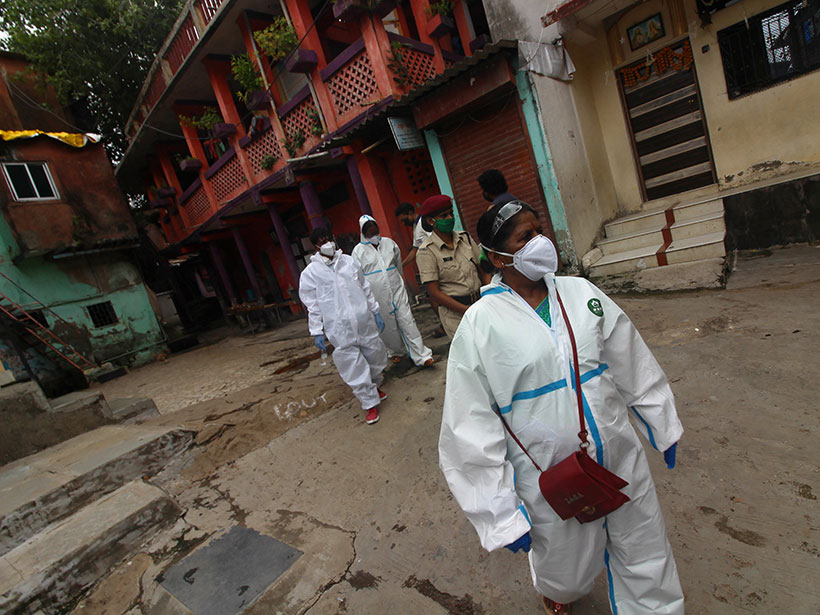Scientists report a cocktail of antibiotics, anti-inflammatory drugs, and personal care products found near two pilgrimage cities along the river.
India
La región agrícola más importante de la India se está desertificando
El cultivo de arroz consume más agua de la que el Punjab puede recargar. Si continúan las tasas de riego actuales, el estado vaciará sus reservas de agua subterránea dentro de 20 años.
Human Activity Makes India’s Coastlines More Vulnerable
Researchers propose the creation of an anthropogenic vulnerability index to help guide conservation policy decisions.
Tracking Trace Elements in the Ganga River
Levels of dissolved trace and heavy metals, which can be toxic, are highly variable across the river basin, concentrating in urban areas with high pollution but diluted by inflow from tributaries.
New Recommendations for a Proactive Flood Policy in India
As India grapples with devastating monsoon floods, a new review supports greater investment in nonstructural solutions.
Solar Mandates in Sacred Groves
As India moves toward ambitious climate goals, it is trampling on sacred groves in desert ecosystems.
India’s Food Bowl Heads Toward Desertification
Water-guzzling rice consumes more water than Punjab can recharge. If current irrigation rates continue, the state will empty its groundwater reserves within 20 years.
A Future of Retreating Glaciers in the Himalayas
India’s first regional climate change assessment warns of accelerated glacier melt.
Record Locust Swarms Hint at What’s to Come with Climate Change
Warming oceans that feed cyclones have also bred record-breaking swarms of desert locusts. Such plagues could grow bigger and more widespread with climate change.
When Natural Disasters Cross the Path of COVID-19
Natural hazards are intersecting with the coronavirus pandemic in India, and researchers will need to model both to inform the public health response.

